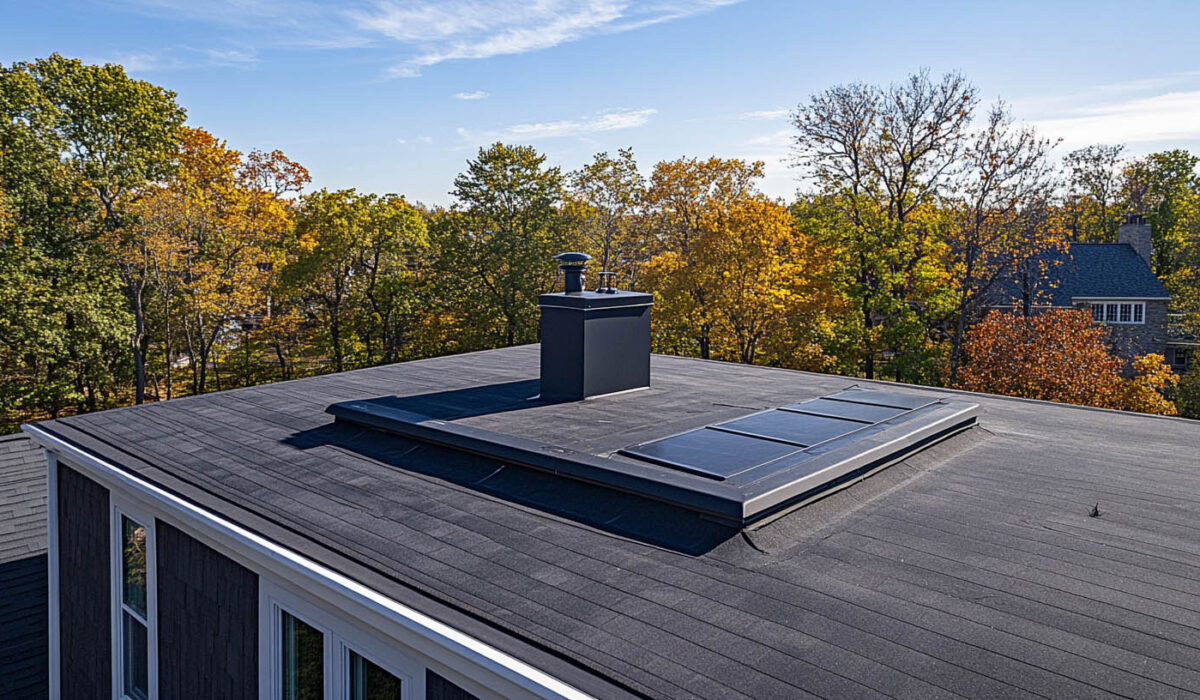Proper roof ventilation is essential for maintaining the structural integrity of your roof, enhancing energy efficiency, and ensuring a healthier indoor environment. With the right ventilation system, homeowners can prevent issues such as moisture buildup, mold growth, and premature roof damage. Below, we explore the fundamentals of roof ventilation, the different systems available, and how to select the best solution for your home.
Understanding the Importance of Roof Ventilation
Roof ventilation is designed to regulate air circulation within the attic or roof space. By allowing fresh air to enter and hot, moist air to escape, ventilation systems help maintain optimal temperature and humidity levels. Key benefits of proper roof ventilation include:
- Extended Roof Lifespan: Prevents moisture damage, mold, and ice dams, ensuring the durability of your roof.
- Energy Efficiency: Reduces cooling costs in summer and prevents heat loss in winter.
- Improved Indoor Air Quality: Minimizes allergens and pollutants caused by stagnant air.
Without adequate ventilation, roofs are susceptible to issues such as warped shingles, rotting wood, and rusted metal components.
Types of Roof Ventilation Systems
Roof ventilation systems are generally categorized into intake and exhaust vents. These components work together to create a continuous airflow cycle that maintains a balanced roof environment.
Intake Vents
Intake vents introduce cool air into the attic space, usually installed along the lower sections of the roofline. Popular types include:
- Soffit Vents: Installed under the eaves, these vents are highly effective and widely used.
- Gable Vents: Positioned on the sides of the attic, they double as exhaust vents in some designs.
- Over-Fascia Vents: Suitable for roofs with minimal eave space, these vents are installed above fascia boards.
Exhaust Vents
Exhaust vents allow hot air to exit the attic, typically located along the roof’s peak. Common types include:
- Ridge Vents: The most effective exhaust vents, running along the roof’s ridge and protected by a ridge cap.
- Box Vents: Smaller vents installed in groups for increased ventilation.
- Off-Ridge Vents: Positioned below the roof’s peak, though less effective compared to ridge vents.
Additional options like solar-powered attic vents, roof turbines, and powered vents offer innovative solutions for homes with unique ventilation needs.
Selecting the Best Ventilation System for Your Roof
Choosing the right ventilation system depends on factors such as your roof design, local climate, and energy goals. For most modern homes, a combination of soffit vents (intake) and ridge vents (exhaust) provides optimal performance. However, older or uniquely designed roofs may require customized solutions.
Key considerations include:
- Roof Shape and Size: Complex roof designs may need a mix of vent types to ensure balanced airflow.
- Climate: Regions with extreme weather may benefit from enhanced systems like powered or solar vents.
- Energy Goals: Energy-efficient options, such as solar-powered vents, reduce utility costs while promoting sustainability.
Consulting a professional roofing contractor ensures accurate assessment and proper installation tailored to your home.
Omega Roofing’s Commitment to Quality Ventilation
Located in Jackson, TN, Omega Roofing, LLC is a trusted name in roofing excellence. As an Atlas Pro-certified company, Omega Roofing emphasizes top-tier craftsmanship and customer satisfaction. Their expertise in designing and installing advanced ventilation systems ensures homeowners receive long-lasting and energy-efficient solutions.
Trends and Innovations in Roof Ventilation
Modern advancements are transforming roof ventilation, offering smarter and more sustainable options. Key trends include:
- Solar Ventilation: Solar-powered attic fans provide energy-efficient airflow, ideal for eco-conscious homeowners.
- Smart Ventilation Systems: IoT-enabled systems monitor and adjust ventilation based on real-time conditions.
- Advanced Materials: Durable, weather-resistant vent materials ensure reliability in extreme climates.
These innovations not only enhance performance but also contribute to reducing environmental impact.
Frequently Asked Questions
Why is roof ventilation important?
Proper ventilation prevents moisture buildup, reduces energy costs, and extends the life of your roof by protecting it from damage.
What are the signs of poor roof ventilation?
Signs include high energy bills, ice dams in winter, mold growth, and a musty smell in the attic.
Can I install roof ventilation on my own?
While some vents are DIY-friendly, professional installation ensures optimal performance and avoids costly mistakes.
How often should roof ventilation be inspected?
Inspect your ventilation system annually or after severe weather to ensure it remains effective.
Are powered vents worth the investment?
Powered vents are ideal for regions with extreme temperatures, offering enhanced ventilation and energy efficiency.
Conclusion
Selecting the right roof ventilation system is crucial for maintaining a durable, efficient, and healthy home. By understanding the options available and consulting experienced professionals, homeowners can ensure their roofs remain in top condition for years to come. Companies like Omega Roofing, LLC provide expert guidance and superior installation services, making them a reliable partner in achieving optimal roof ventilation.
Read also: Recognizing Excellence in Roofing: Industry Leadership and Achievements

